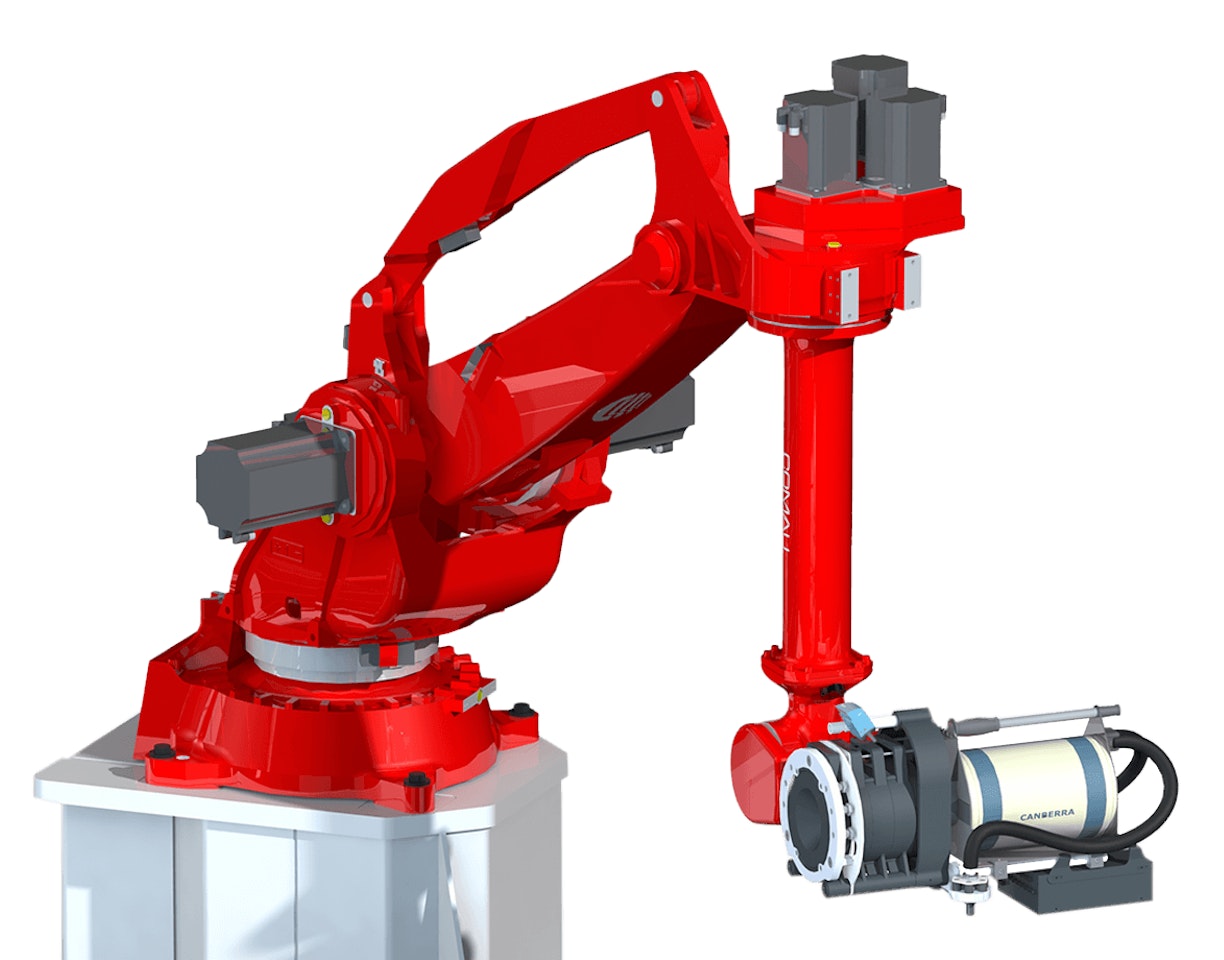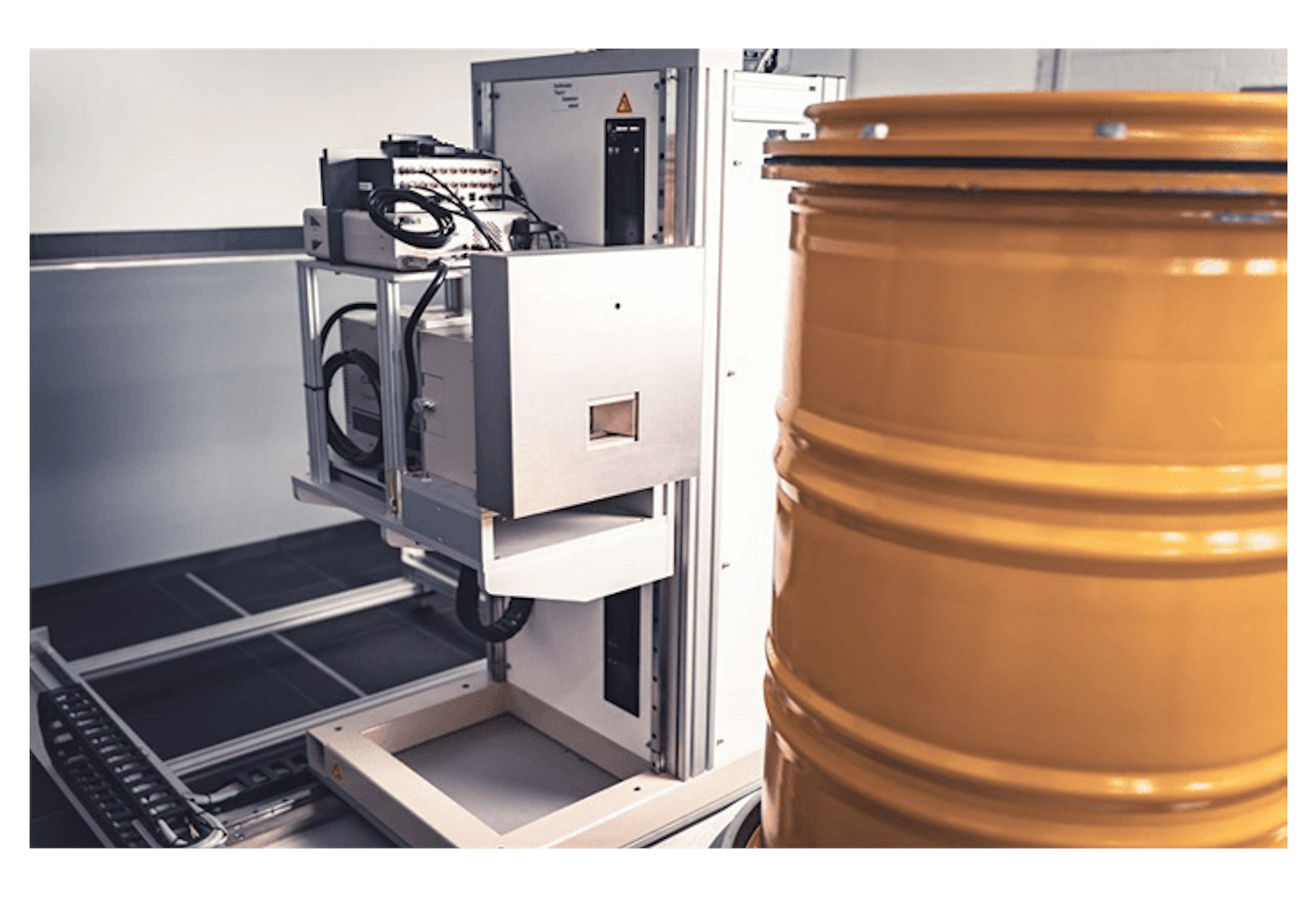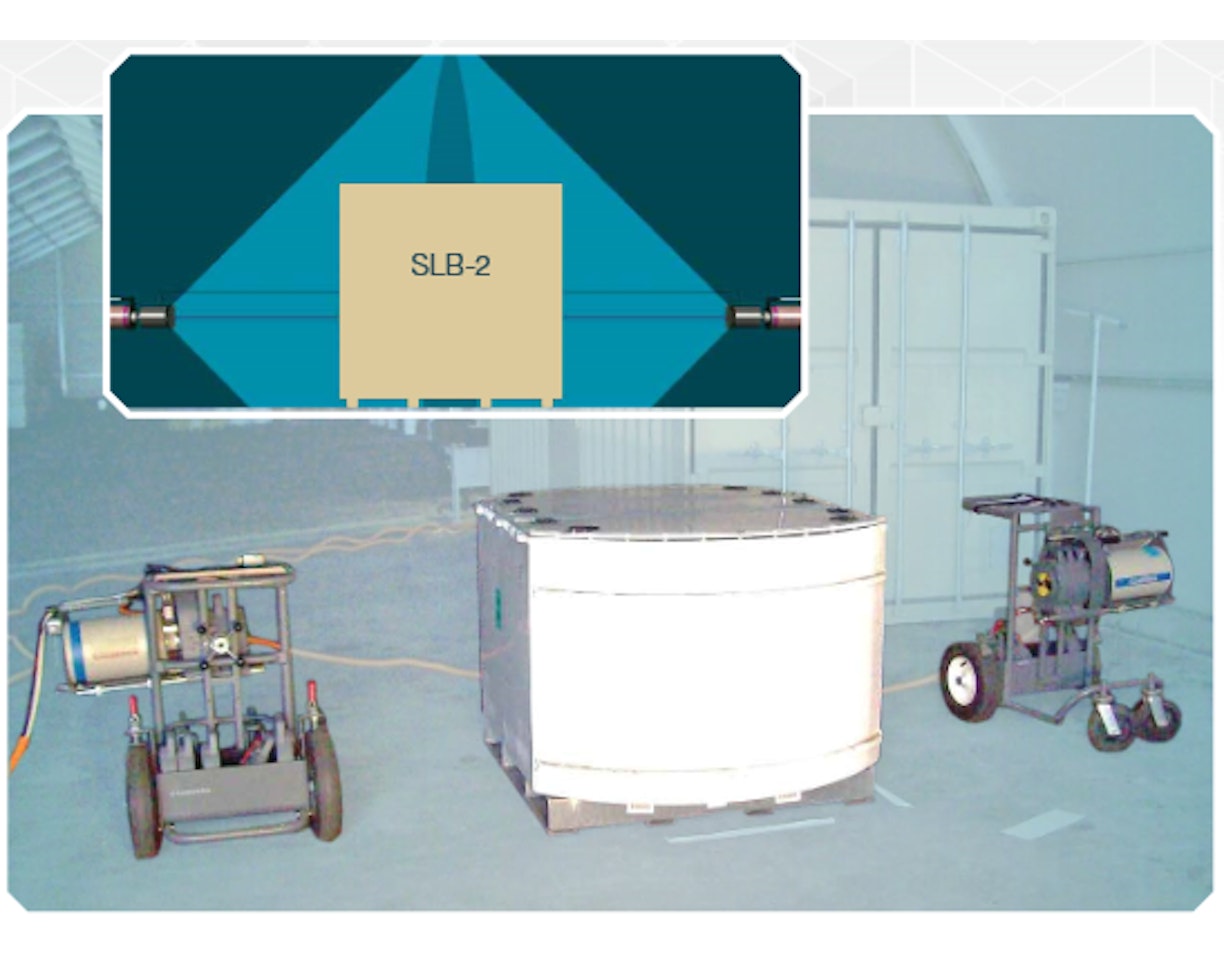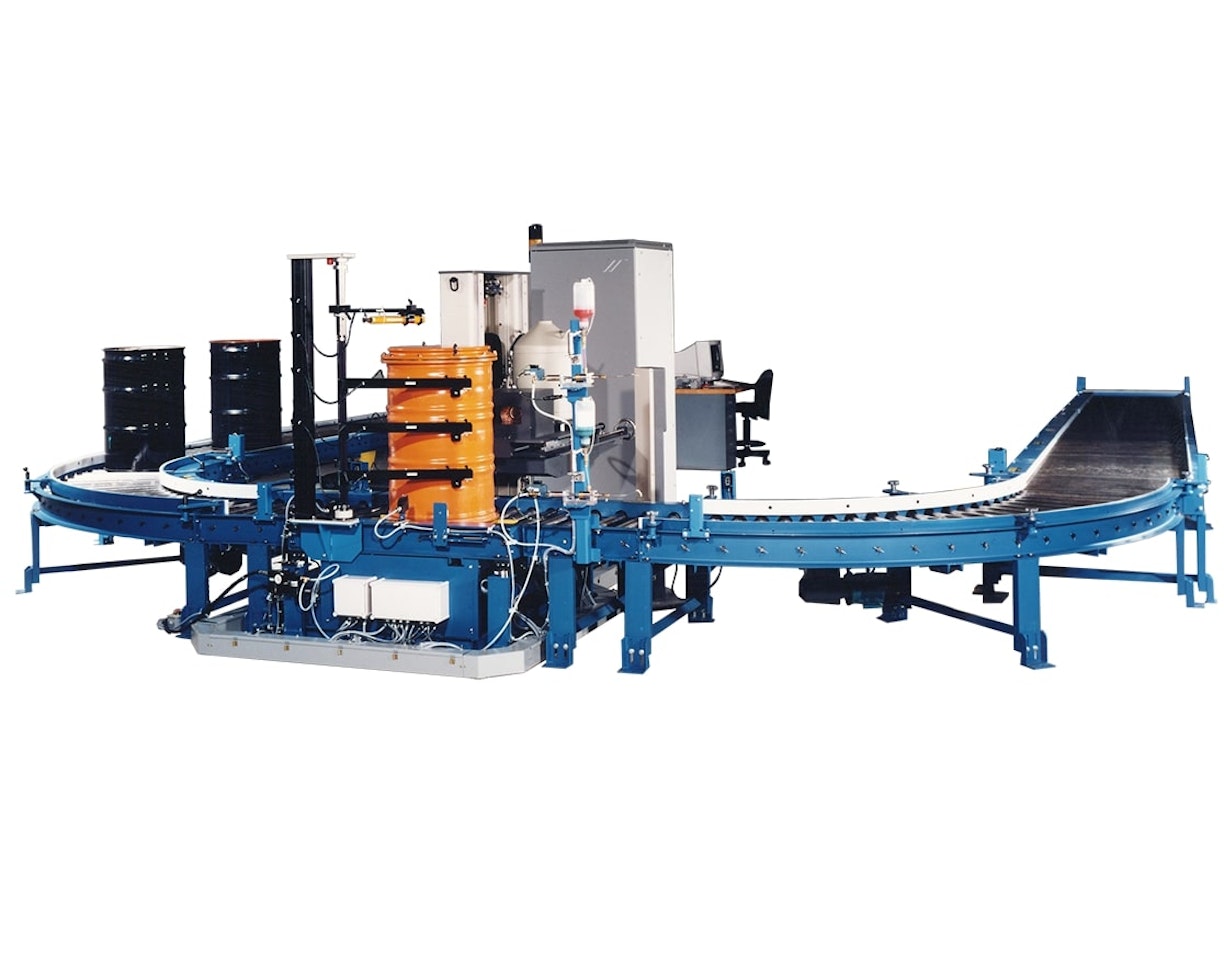Description
The Advanced Sectorial Gamma Scanner (ASGS) is a waste scanning system dedicated to evaluating the activity distribution within waste drums. It is based on an innovative calculation and modeling method (ECIAD) efficient for inhomogeneous activity distribution, which reduces the measurement uncertainties.
Nuclide specific waste characterization requires detailed information about drum content, to allow determination of the activity inventory. Besides the geometrical data of the waste drum and the material information, the information of activity distribution can be mandatory. The calibration assumption that the activity is homogeneously distributed inside the waste drum typically leads to overestimation of the real activity because uncertainties can be high and it is necessary to make conservative assumptions to avoid under-reporting the activity. This in turn leads to declaration of additional virtual activities which leads to a significant cost increase in the waste handling process. One way to lower the costs is determining spatial information about the activity inventory which can be achieved by sectorial characterization of the waste drum, in order to reduce the measurement uncertainties.






